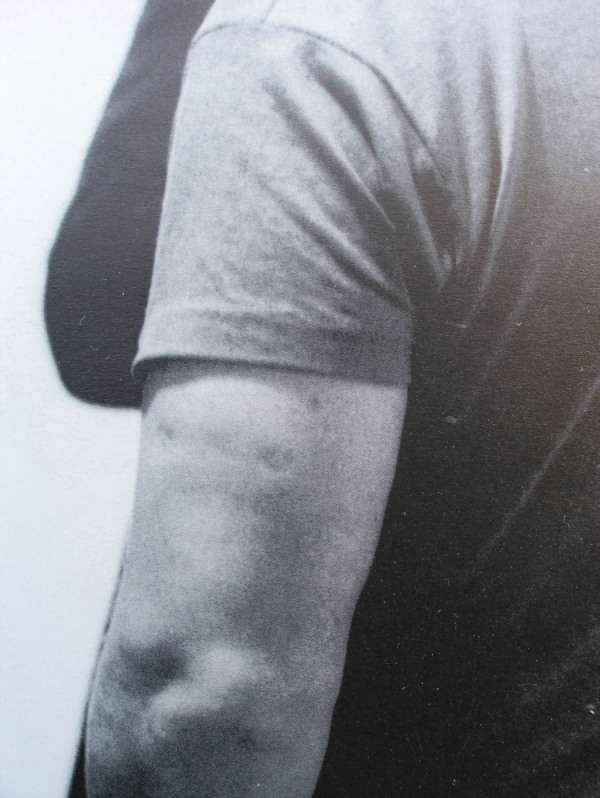On Sunday, 10th of May 2015, Chris Burden died of skin cancer in the age of 69. For the critics of the 1970s who wondered whether he would survive the decade of Body Art, he made a pretty long career as he became an influential teacher at UCLA, where he was the dean of the art department. Besides being a teacher, his spectacular performances and installations made him a general example of an artist who takes risks and shows, what you can achieve by pushing the limits of your body and art. He took the risks of being shot at and of folding himself in a 2 by 2 by 3 feet locker for five days.
When he turned to create objects by building the B-Car in 1975, he did not give up this spirit of performance-art, but instead created monuments of human triumphs over the limits of the physical. In 1977 he took a banal rubberband powered airplane made by paper with him when entering the Air France supersonic-passenger-liner from Paris to Washington D.C. just to prove that it can fly faster than the Concorde at Mach 2.05 groundspeed.
For those who doubt that his later large scale installations have something in common with performance art, one can say, that they are monuments of the ludicrous, as part of the poetic capability which is reinforced by will and imagination. At first glance it seems crazy to imagine one could meet a flying steamroller in reality. Not so in the exhibitions of Burden, where he achieved things which seemed impossible. In the MAK in Vienna you could encounter the “Flying Steamroller” in 1991. These installations are monumental for the spirit of performance art, as they show that steadiness and leverage are virtues of performers making big things move. And he was aware of the dangers of the big, careful to control the big and the destructive potential of the big. This was demonstrated by Samson in 1985, when he used a 100-ton jack, which was connected via gear box to the turnstile of entrances in Museums and galleries. Should hundreds of thousands of visitors have attended Burden’s art show, his work of art would have destroyed the walls of these buildings.
These works were under the control of the artist. But the “Fist of Light” consisting of 116 halide light fixtures and cooling systems, which could change black into white hit him metaphorically and in reality. The light, a constant theme of his art, could not destroy him, but the sunshine did.
Johannes Lothar Schröder

